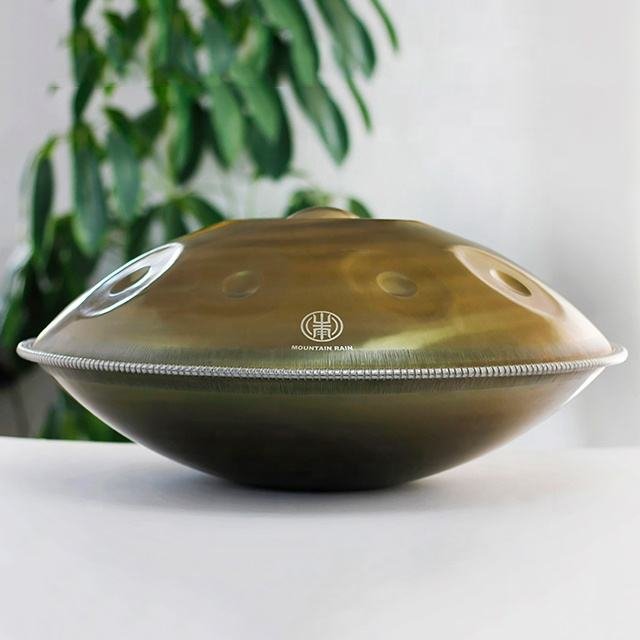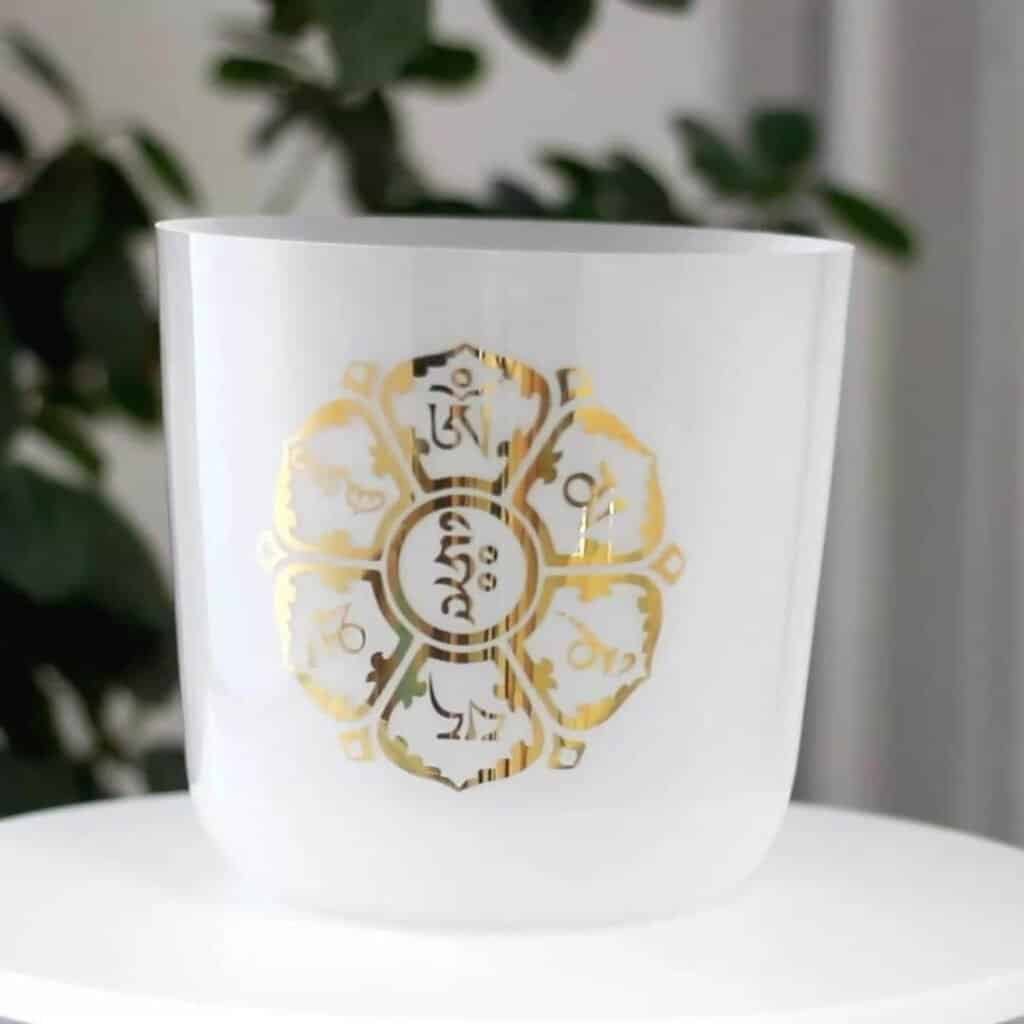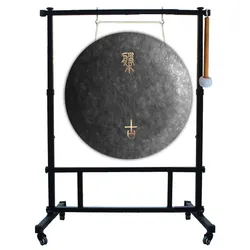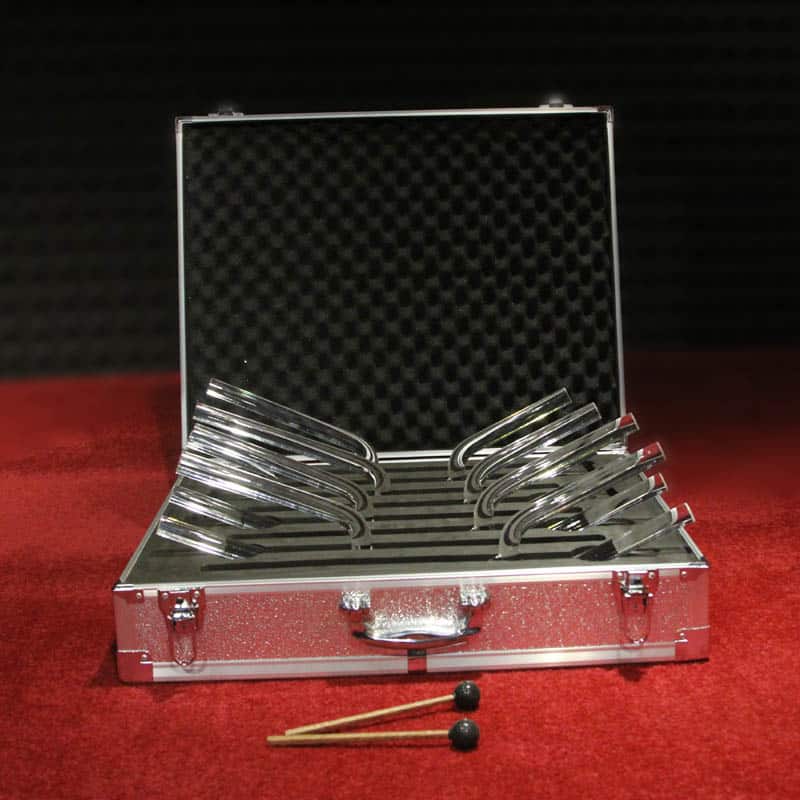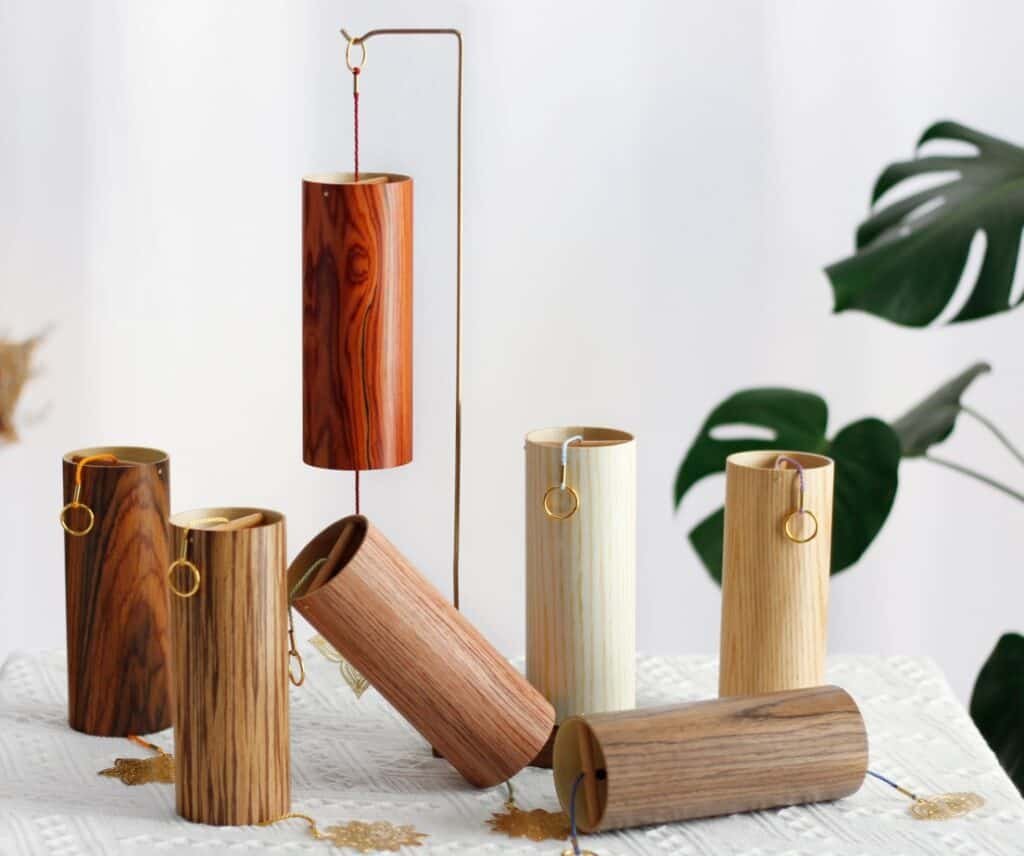Introduction
Crystal singing bowls have gained immense popularity in recent years, not just as instruments for sound healing but also as tools for personal meditation and spiritual practice. Their resonant tones and beautiful aesthetics make them a favorite among practitioners and enthusiasts alike. However, the true power of these bowls is realized when they are used regularly, not only in classes but also in personal practice. Understanding how to play crystal singing bowls effectively can enhance your meditation experience, deepen your relaxation, and foster a stronger connection with yourself. This guide will walk you through the essential steps to get started with playing crystal singing bowls.

Preparation Before Use
Before diving into the magical world of sound, it’s crucial to prepare adequately. The first step is selecting the right crystal singing bowl. Consider factors such as size, tone, and the specific purpose you wish to achieve. Once you have your bowl, the next essential component is choosing an appropriate mallet. A suitable mallet can significantly influence the sound quality; for instance, soft mallets made from suede are often recommended for clear crystal bowls, while wubber mallets may be better suited for frosted bowls. Additionally, consider using a cushion or an O-ring under your bowl. This not only adds stability when playing but also helps protect the bowl from potential damage when struck against hard surfaces. If you prefer playing on a flat surface or table, a blanket can serve as an excellent stabilizer. While wearing gloves is not mandatory, some practitioners find that it enhances their grip on the mallet and avoid touch the bowl body directly. This will leave fingerprints and some sweat stains. Lastly, ensure that your surroundings are quiet and conducive to meditation; a serene environment enhances the overall experience of playing and listening to the soothing sounds of the bowl.
Playing Techniques: Striking
To begin your journey with crystal singing bowls, mastering the technique of striking is essential. Hold the mallet with your thumb, index finger, and middle finger in a vertical grip. This grip provides better control and precision while playing. When striking the bowl, aim for the upper half of its edge—this area produces a more resonant sound compared to other parts of the bowl.As you strike the bowl, pay attention to your rhythm and timing. Start with gentle taps to familiarize yourself with how the bowl responds to different levels of pressure. Notice how each strike resonates within you; allow yourself to feel the vibrations traveling through your body. The goal is not just to produce sound but also to connect with it deeply. Focus on the sustain—the lingering sound that follows each strike—and observe how it evolves over time.
Playing Techniques: Play Around
Once you have mastered striking techniques, it’s time to explore more dynamic ways of creating sound through “play around” techniques.
One, Begin by rotating your wrist so that the mallet glides smoothly along the rim of the bowl’s edge at a consistent speed. This movement allows you to feel both the friction and feedback from the bowl as it responds to your touch. Check the first video blow.
Two. Check the Second video blow. For a more pronounced effect, try using broader wrist movements in the center of the bowl. This technique generates stronger vibrations and resonance within the bowl itself. As you experiment with this method, start slowly and gradually increase your pressure; this will help you discover how much force is needed to elicit deeper sounds without overwhelming yourself or damaging the instrument. Playing around with different techniques not only enhances your skill but also allows you to tap into various emotional states as you explore soundscapes that resonate with your inner self.
Using Both Hands Simultaneously
For those looking to deepen their practice further, utilizing both hands simultaneously can create an enriched auditory experience. When employing this technique, it’s important to distinguish between your dominant (strong) hand and non-dominant (weak) hand. A common recommendation is to place larger bowls or those with stronger resonance in your weak hand; this ensures that they produce optimal sound while allowing your dominant hand to focus on striking or playing around. As you work with both hands, remember that their rotational directions should be opposite—one hand moving inward while the other moves outward—creating a harmonious interplay between them. This dual approach not only enhances sound quality but also fosters a sense of balance and unity within your practice.
Handheld & Grail Bowls Usage
When using handheld or Chalice crystal singing bowls, proper handling techniques are crucial for achieving desired sounds without compromising safety or comfort. Hold the handle portion of the chalice with your non-dominant (weak) hand while using your dominant hand to strike or play around with the rim. This method allows for greater control over both sound production and stability during play. Ensure that you’re comfortable throughout this process; if at any point it feels awkward or strained, adjust your grip or posture accordingly until you find a position that feels natural.
Important Considerations
While accessories like mallets and cushions are not strictly necessary for playing crystal singing bowls, they can significantly enhance your experience by providing stability and improving sound quality.
When selecting a mallet, consider using soft suede or silicone mallets for clear bowls and rubber-tipped wooden mallets for frosted varieties; these choices will optimize resonance and clarity.
Additionally, pay attention to your body positioning while playing—maintaining good posture helps prevent fatigue during longer sessions.
If you’re using multiple bowls simultaneously, ensure there’s enough space between them; this prevents unwanted interference between sounds.
Finally, when using handheld or chalice bowls temporarily without playing them, always place them on flat surfaces or dedicated stands rather than leaving them unsupported; this protects them from accidental damage.

Choosing Tones
Selecting appropriate tones is vital for maximizing both personal enjoyment and therapeutic benefits during sound sessions. Referencing guides available online can help you understand various tuning options—such as 440Hz versus 432Hz—and how they align with specific intentions or healing practices. Experimenting with different tones allows practitioners to discover which frequencies resonate most deeply within themselves; this exploration can lead towards profound insights about one’s emotional state or spiritual journey. Read our guide about how to choose a proper bowl and frequency note.
Combining with Other Instruments
Integrating crystal singing bowls into broader musical arrangements can amplify their healing properties even further! Consider pairing them with complementary instruments such as bamboo wind chimes, crystal bells, crystal pyramids, or gongs; these combinations create rich auditory landscapes that enhance relaxation during meditation sessions.The interplay between different sounds fosters an immersive experience that encourages deeper states of relaxation while promoting emotional release—perfectly aligning with holistic wellness practices!
Here is a customer example for the combination:
Maintenance and Care
Proper maintenance ensures longevity for any musical instrument—including crystal singing bowls! Regularly clean your bowls using soft cloths free from harsh chemicals which could damage surfaces over time; gentle care preserves both aesthetics & functionality! Additionally store them safely away from direct sunlight exposure which may cause discoloration over time! By taking these simple steps towards upkeep—you’ll ensure continued enjoyment throughout many years ahead!
Full Guide of maintenance and care tips for crystal singing bowl daily use.
Conclusion
In conclusion, learning how to play crystal singing bowls opens up a world of possibilities for personal growth and healing. Whether you’re exploring striking techniques or delving into intricate play around methods, each session offers an opportunity for deeper connection with yourself and others through sound. By preparing adequately before use—selecting appropriate tools & creating tranquil environments—you set yourself up for success on this transformative journey! Embrace every moment spent playing these beautiful instruments; let their resonant tones guide you toward greater peace & understanding within yourself! This article provides an extensive overview of how to play crystal singing bowls while ensuring originality throughout its content structure! If you need further expansion on any specific section or additional details added—feel free ask!


